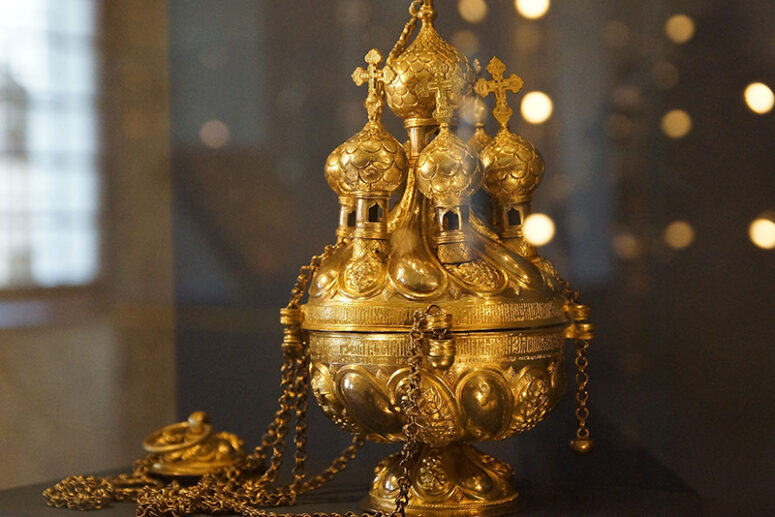
The tradition of burning incense in church during worship, adopted from the times of the Old Testament, has been carefully preserved by the Orthodox Church to this day. However, the shapes, sizes and manner of application of censers have undergone a number of changes. Our article discusses the prototypes and historical varieties of the modern censer.
Ancient Censers
Burning incense during religious ceremonies was customary even among the most ancient civilizations. For example it was common during important funerals in ancient Egypt, and in the ancient Mesopotamian religions, censing with burning incense was considered especially pleasing to gods.
The first altar for incense was made by Moses at God’s command, and according to His detailed instructions (Ex 30:1–9). This altar can be considered the prototype of the censer.
The first censers were stationary and looked like large bowls with legs. Incense was placed over the coal burning inside these bowls, using a special scoop. With time, hand-held censers began to be used in parallel with stationary ones. Their shape resembled a frying pan with openings and a long handle.
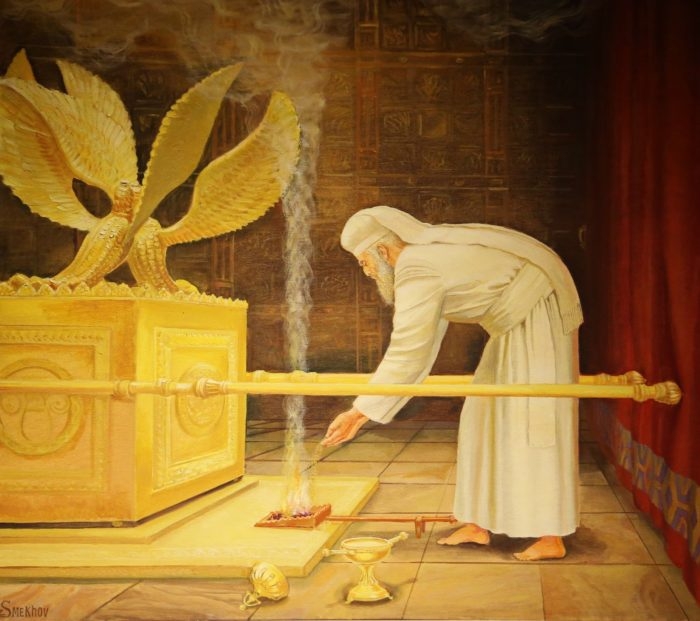
Archaeologists suppose that some Ancient vessels, found in Palestine, Egypt and Syria were used for burning incense. They were up to 50 cm high and shaped in the form of a jug, a legged bowl or a cylinder with openings on the sides.
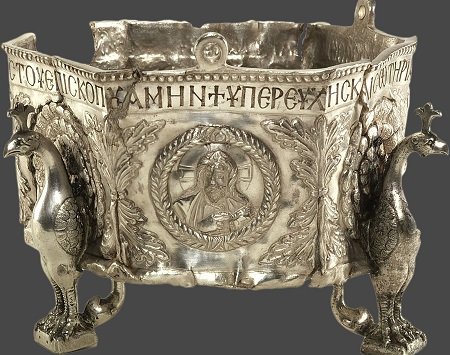
Although the oldest surviving stationary and portable censers used in worship date back to the 6th century, it is assumed that they existed among Christians since as early as the 4th century. This version is supported by the life of St Sylvester of Rome (+335), mentioning Emperor Constantine the Great donating three golden censers to the Archbasilica of Saint John Lateran. One of them was richly decorated with precious stones and weighed 5 kg, and the other two weighed as much as 10 kg each. One more censer with stones was donated to St Peter’s Basilica and also weighed around 5 kg. Due to their considerable dimensions, these censers were not portable. Some Byzantine and ancient Russian frescoes depict stationary hanging censers, used on special occasions. In all likelihood, the aforementioned censers of the 4th century also belonged to that type.
The largest currently known hanging censer is called el Botafumeiro. It weighs 62 kg and is located in St James Cathedral in Santiago de Compostela (Spain). The original version of this censer was made of pure silver in the 15th century, at the expense of King Louis XI of France. However, after it was stolen by Napoleon’s soldiers in 1851, it was replaced with a copy, made of silver-plated brass and used to this day.
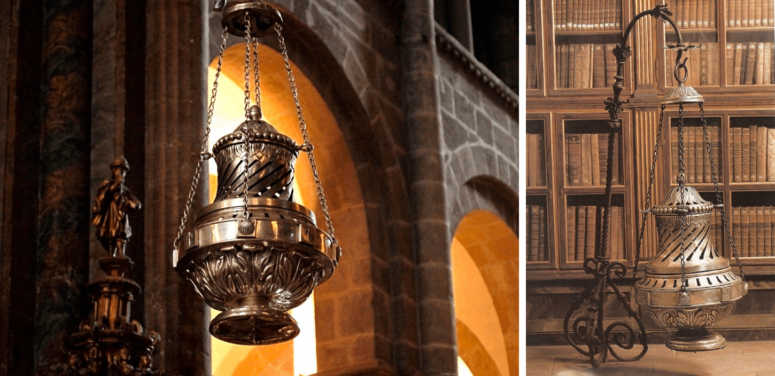
Some stationary censers used today are placed on legs. They can still be found in some Greek churches and are usually located on the solea.
The first hand-held censer bowls in the form of a ladle with a handle are dated by approximately 6-7th centuries. Most often, they were cast from bronze, and sometimes carved from stone. Such bowls were used in the East and in Ancient Russia before the spread of censers on chains.
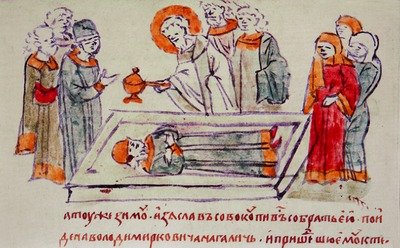
Today, hand-censers can be seen during worship in the Greek Church. Some of them are decorated with bells and used on festive occasions. Despite still being used by the Old Believers; such hand-censers can hardly ever be seen in the Russian Orthodox Church.
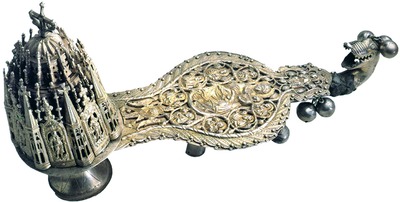
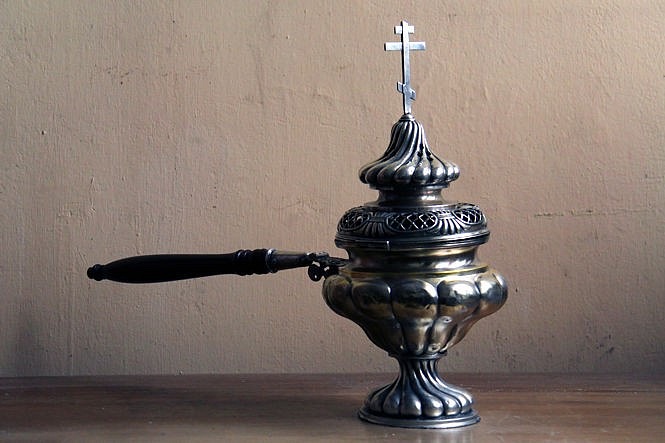
Such hand-censers are commonly used by the laity. Traditionally, censing at home is performed with the reading of Psalms 50, 90 and 100, as well as the prayer to the True Cross.
Modern Censers
The first hand-held censers on chains began to be used for worship as early as in the 6th century. Their shape was typically composed of a small bowl on three chains linked together by a ring or a hemisphere with a handle. The main feature distinguishing them from their modern counterparts was the absence of the lid with the fourth chain.
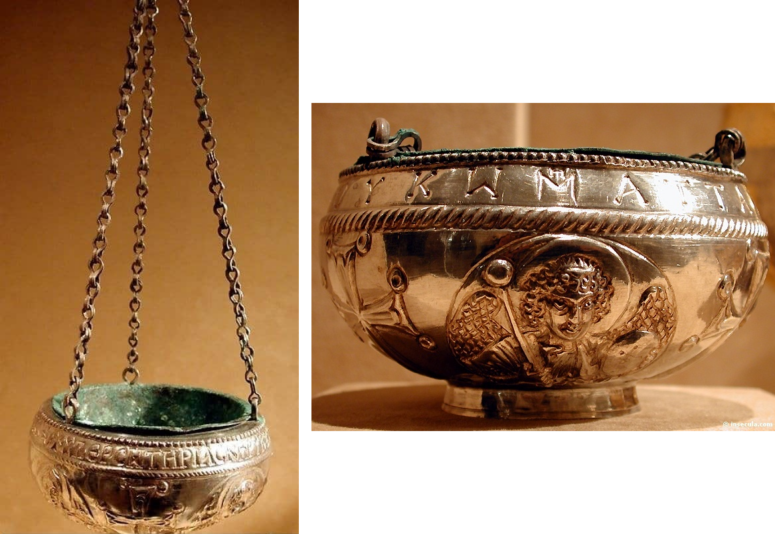
Such censers can often be seen in icons depicting the martyrs Stephen and Lawrence, holy deacons of the first centuries. Similar items were made by Byzantine craftsmen from the 6th to the 11th centuries. Their three common shapes included a low cylinder, a hemisphere, and a polyhedral prism. As a rule, such censers were decorated with embossed medallions, depicting the Savior, the apostles or angels.
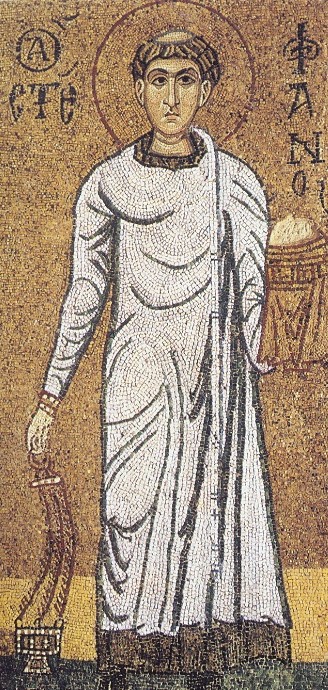
After the 11th century, in the West, censers were made mainly in the Romanesque style. Their design was then updated with a lid on a separate chain. Such items were usually decorated with floral ornaments and animals, or, less commonly, with facial images of the Old Testament kings, patriarchs and prophets.
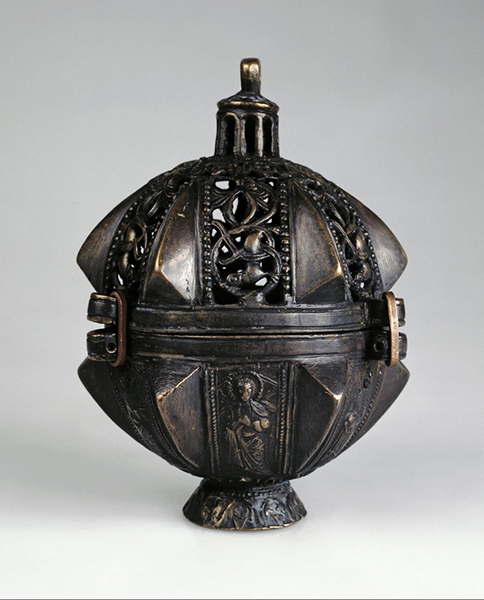
Around the same time, censers on chains were first brought from Byzantium to Russian lands where they were used alongside their hand-held predecessors for a long time, before they became widespread.
After the 15th century, Russian craftsmen began to form their own style, where there was a tendency to make censers in the form of churches. The charcoal bowls of expensive censers were often decorated with precious stones and images of the apostles or other saints, while the lid was made in the form of a church dome with a cross and openings in the form of windows.
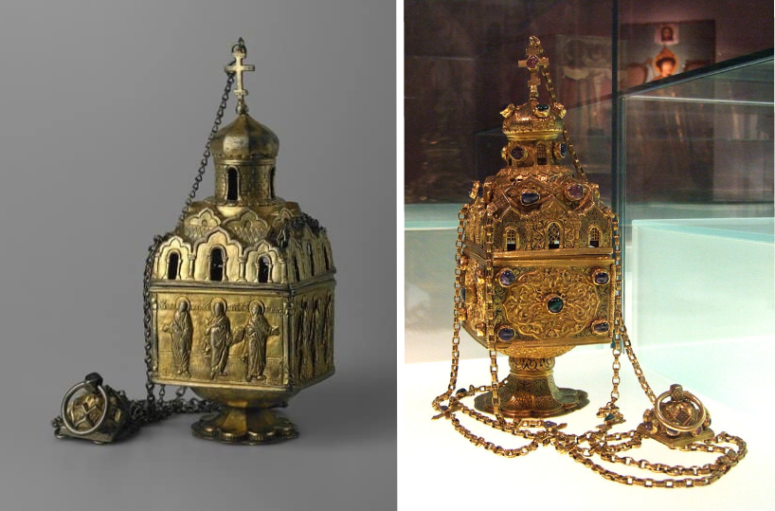
This style remains popular to this day. Although modern Russian censers usually have simpler forms and decoration, a lid in the form of a church dome with a cross is still very common. Today, censers are made of bronze, brass and silver, and decorated with gilding, niello, embossed elements and other decor. Usually, a church censer can be distinguished from that used for occasional offices by a more elaborate design and the presence of golden bells.
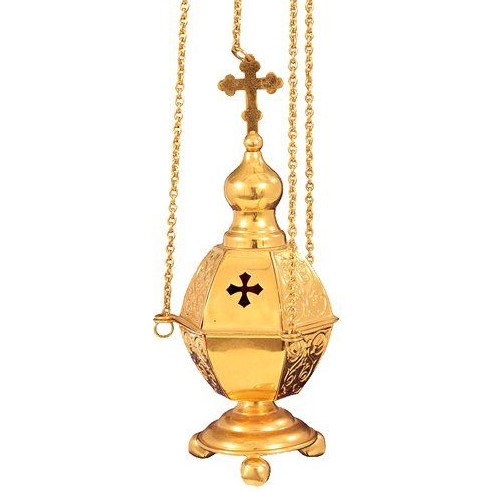
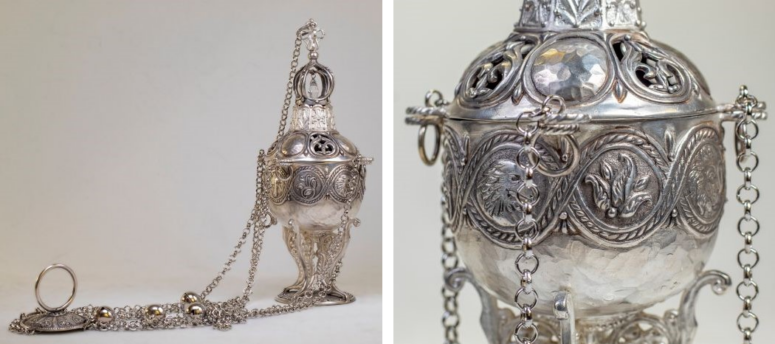
Inspired by ancient samples, the craftsmen in our Convent’s workshops experiment with shapes and designs in order to create liturgical items whose form would emphasize the significance and solemnity inherent to their function. “Incense we offer unto thee, O Christ our God, as a savour of spiritual sweetness which do Thou receive upon Thy most heavenly altar and send down upon us in return, the grace of thine all-Holy Spirit”.
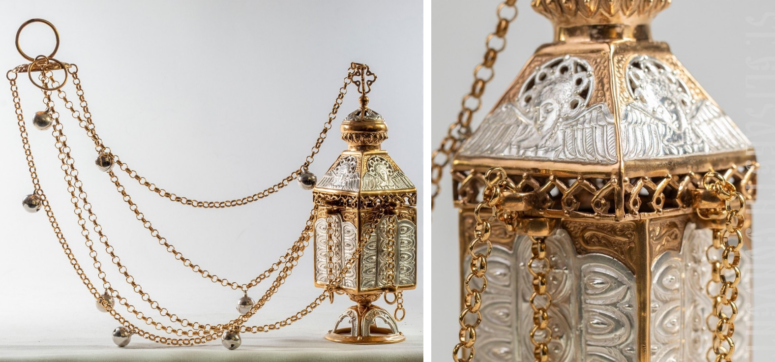

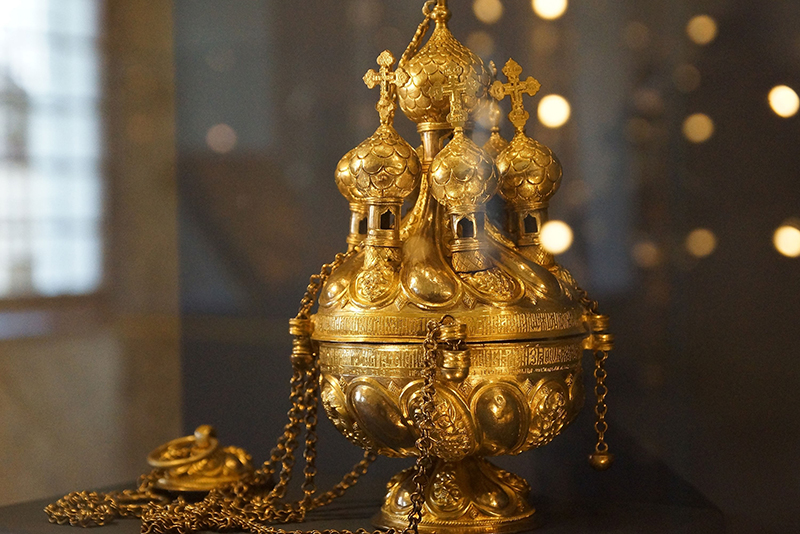
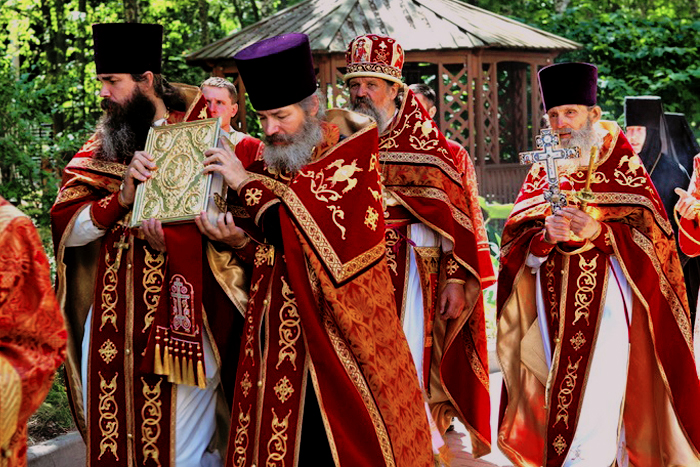
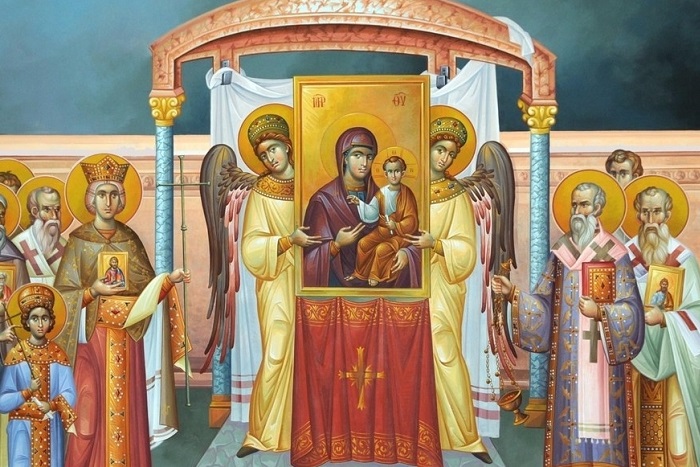
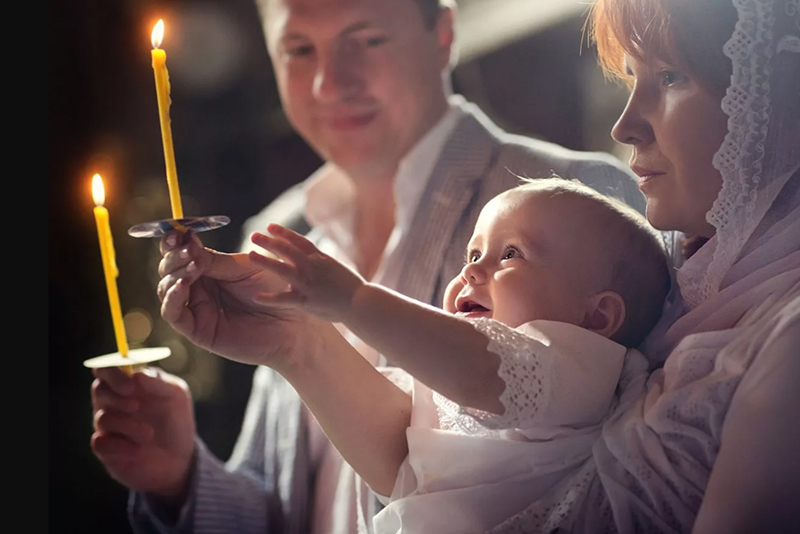
Interesting to the point instructive lessons.